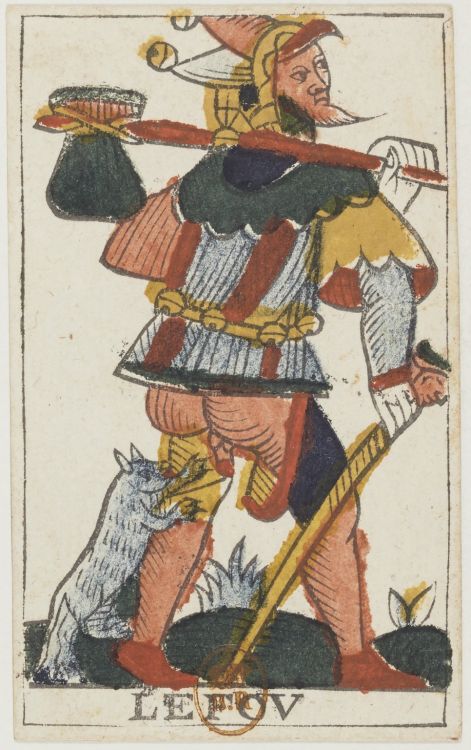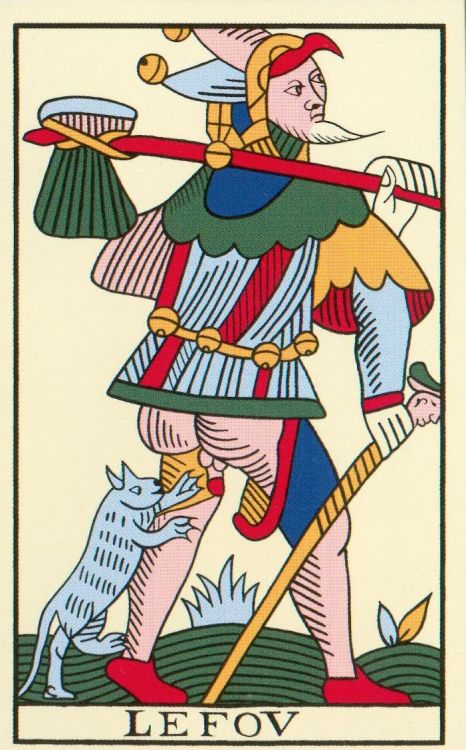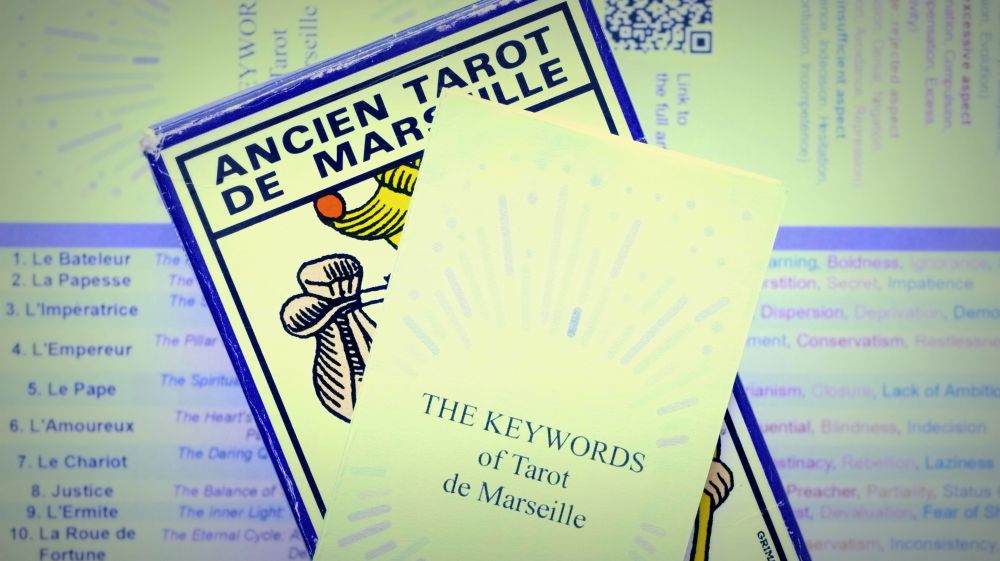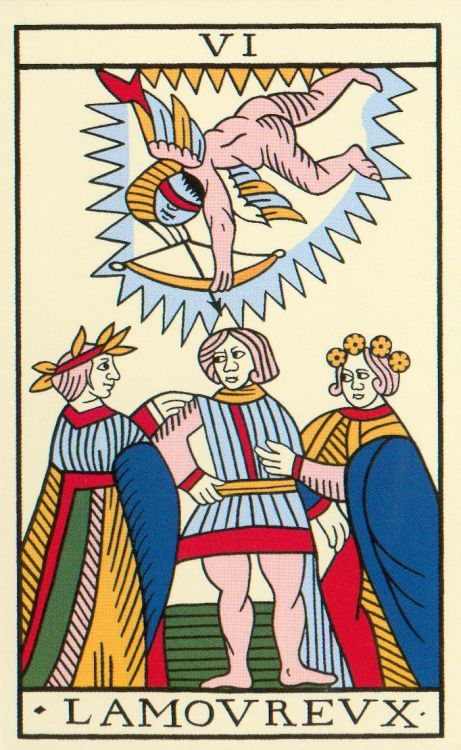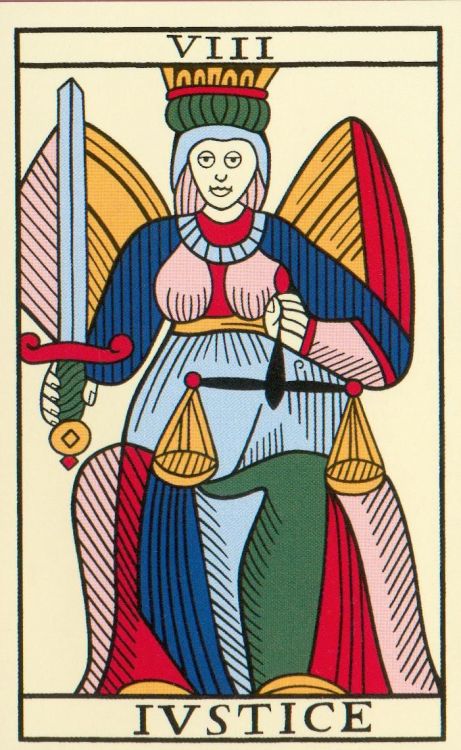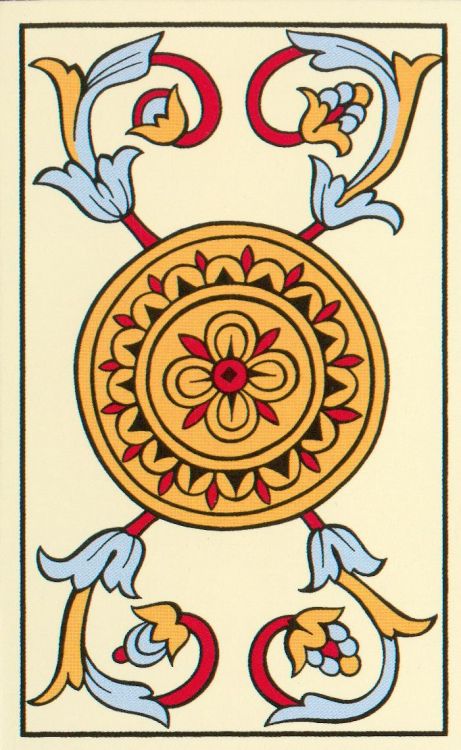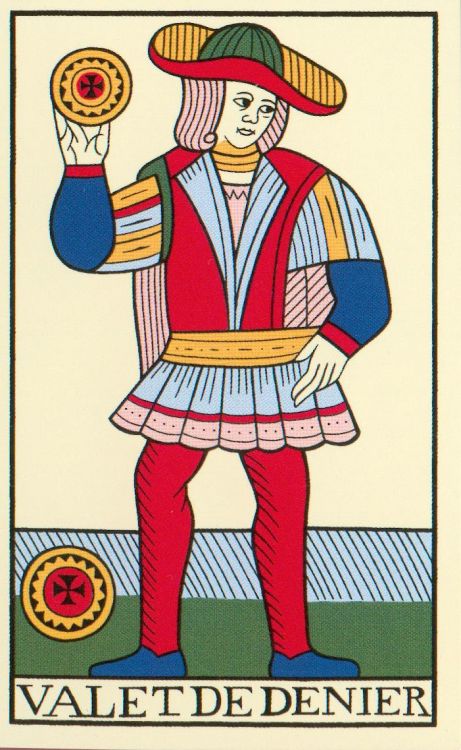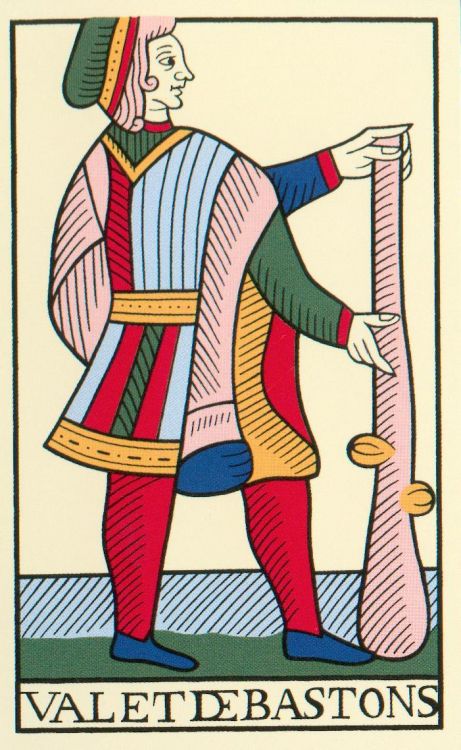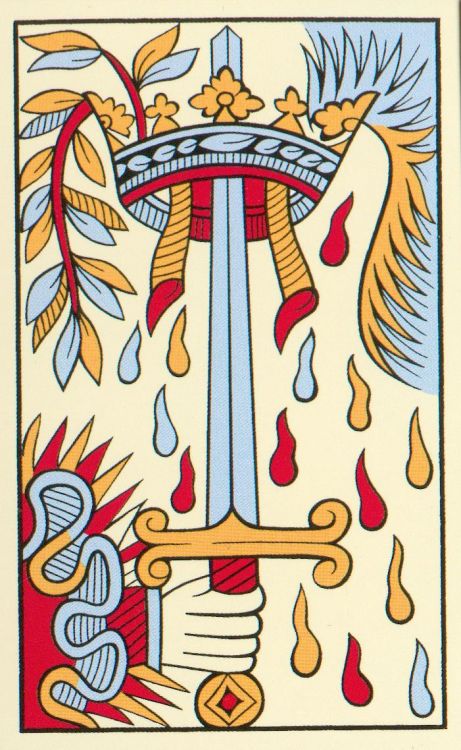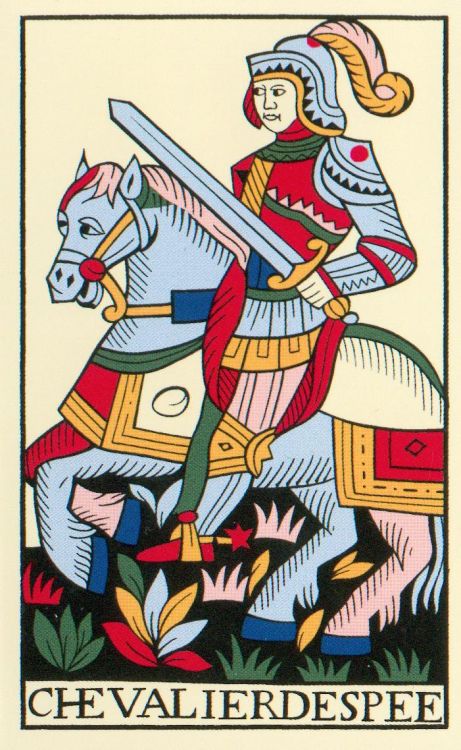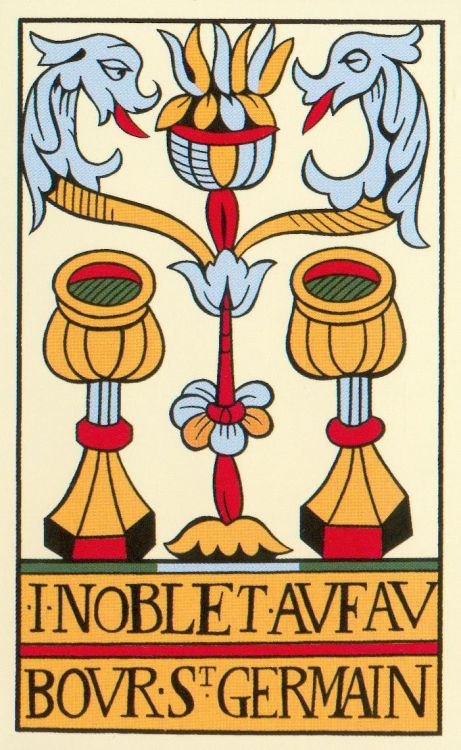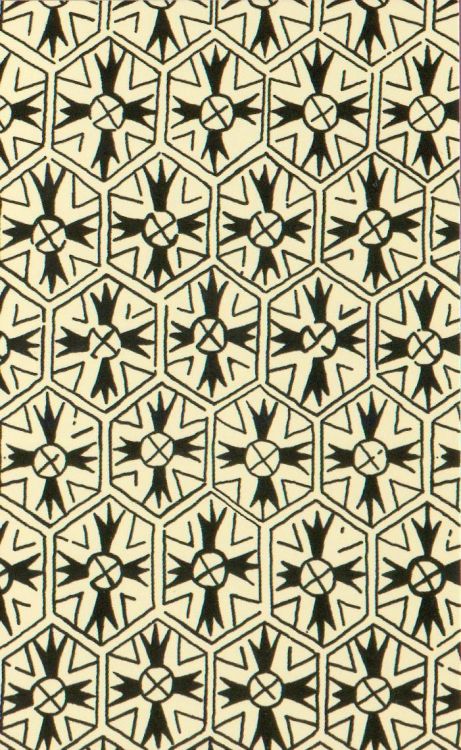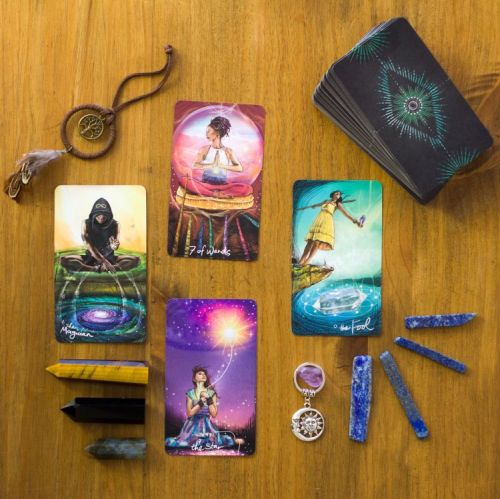The Tarot of Noblet is a precious deck in the history of the Tarot de Marseille, because it is the oldest tarot that has been preserved, moreover it has originalities that make it a game to be studied absolutely. Its subversive aspect (the genitals of LE FOU, the finger of honor of LE BATELEUR, etc.) can please or not, in any case, this game does not leave indifferent.
I particularly like this tarot (and the one from Dodal which I make the review here). When I draw cards with a Tarot de Marseille, I prefer to read with this one rather than with a modern tarot like the Camoin-Jodorowsky (my review ici) or the Fournier (my review ici). I use this game because it describes a path of the soul that comes from an understanding of Life filled with wisdom and humanism.
The reader accustomed to the Tarot of Marseille will find the first origins of the tarot thanks to this deck. He will realize that the Tarot of Marseille in its canonical form is the result of a long evolution of which the Noblet is a major step. The form of the Noblet is incomplete compared to the standard, but it integrates particularities that deserve our attention. I strongly advise the study of this game allowing a real questioning on the meanings of the cards of the Major Arcana. This deck is an unavoidable reference concerning the Tarot of Marseille.
The beginner practitioner (in the Marseille tradition) will have to get used to the very medieval imagery of the game, especially if he first learned Rider-Waite-Smith. But he has everything to gain by spending time with the Noblet to the detriment of other more modern Marseille decks. The effort will be rewarded by a thorough understanding of the initiatory message of the tarot.
Update June 2024 = Below I refer to the Noblet as the "oldest Tarot de Marseille". This has been true. Since January 2023, it no longer is. A Tarot published in 1639 by "Felip Vachie" (read Philippe Vachier), was sold at auction for €65,000. I'd like to do an article on this tarot soon.
To learn more and deepen your knowledge of tarot, check out my article on the meanings of the 78 tarot cards or on the 22 Trumps (major arcana).


